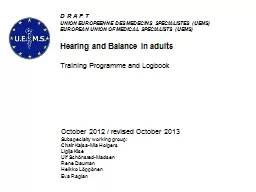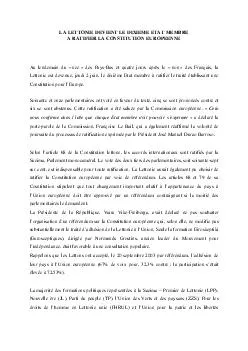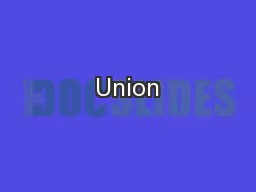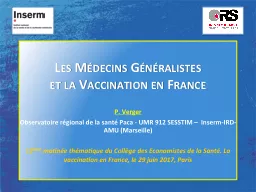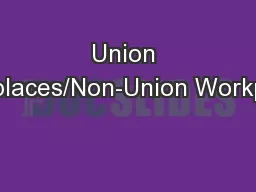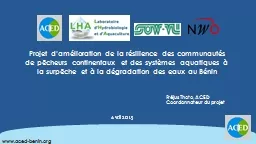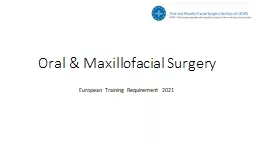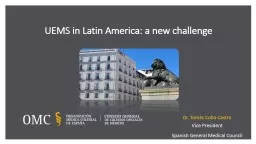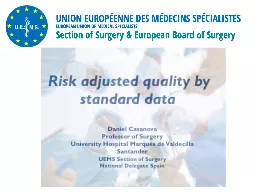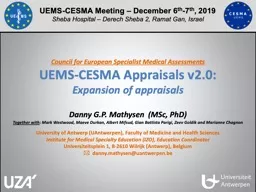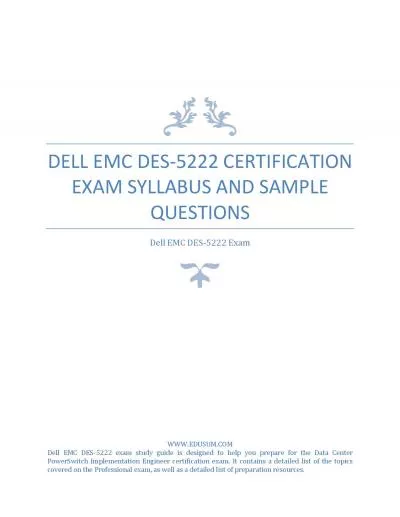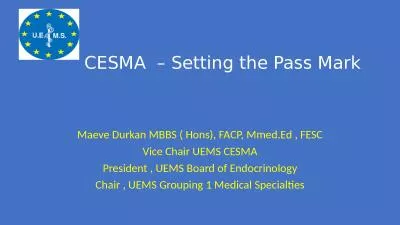PPT-D R A F T UNION EUROPEENNE DES MEDECINS SPECIALISTES (UEMS)
Author : tatyana-admore | Published Date : 2020-04-10
EUROPEAN UNION OF MEDICAL SPECIALISTS UEMS Hearing and Balance in adults Training Programme and Logbook October 2012 revised October 2013 Subspecialty working
Presentation Embed Code
Download Presentation
Download Presentation The PPT/PDF document " D R A F T UNION EUROPEENNE DES MEDECINS..." is the property of its rightful owner. Permission is granted to download and print the materials on this website for personal, non-commercial use only, and to display it on your personal computer provided you do not modify the materials and that you retain all copyright notices contained in the materials. By downloading content from our website, you accept the terms of this agreement.
D R A F T UNION EUROPEENNE DES MEDECINS SPECIALISTES (UEMS): Transcript
Download Rules Of Document
" D R A F T UNION EUROPEENNE DES MEDECINS SPECIALISTES (UEMS)"The content belongs to its owner. You may download and print it for personal use, without modification, and keep all copyright notices. By downloading, you agree to these terms.
Related Documents

